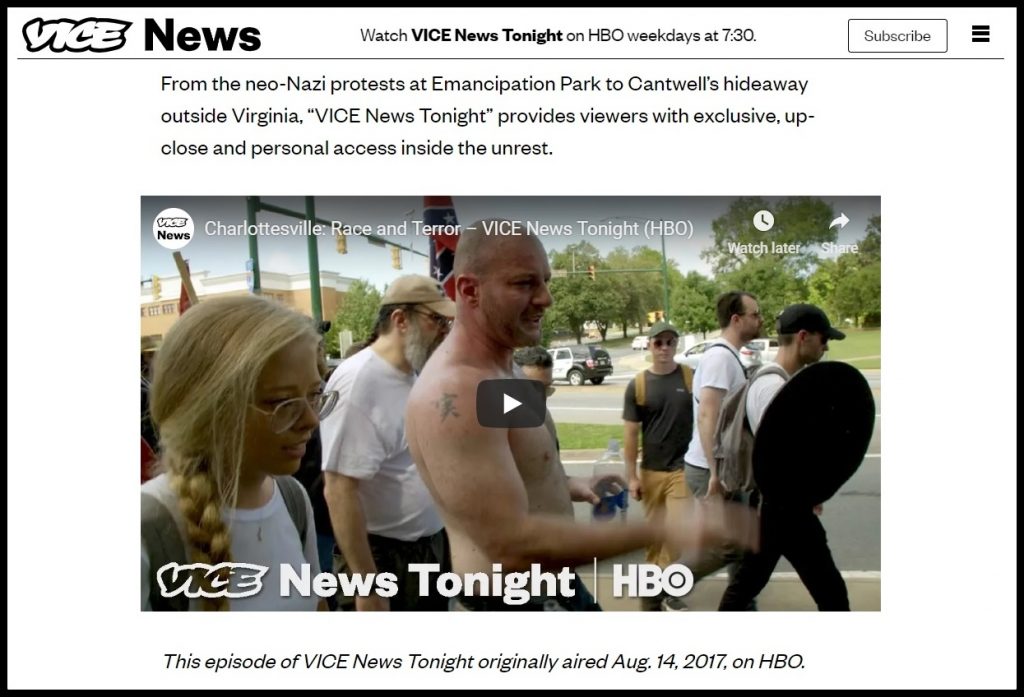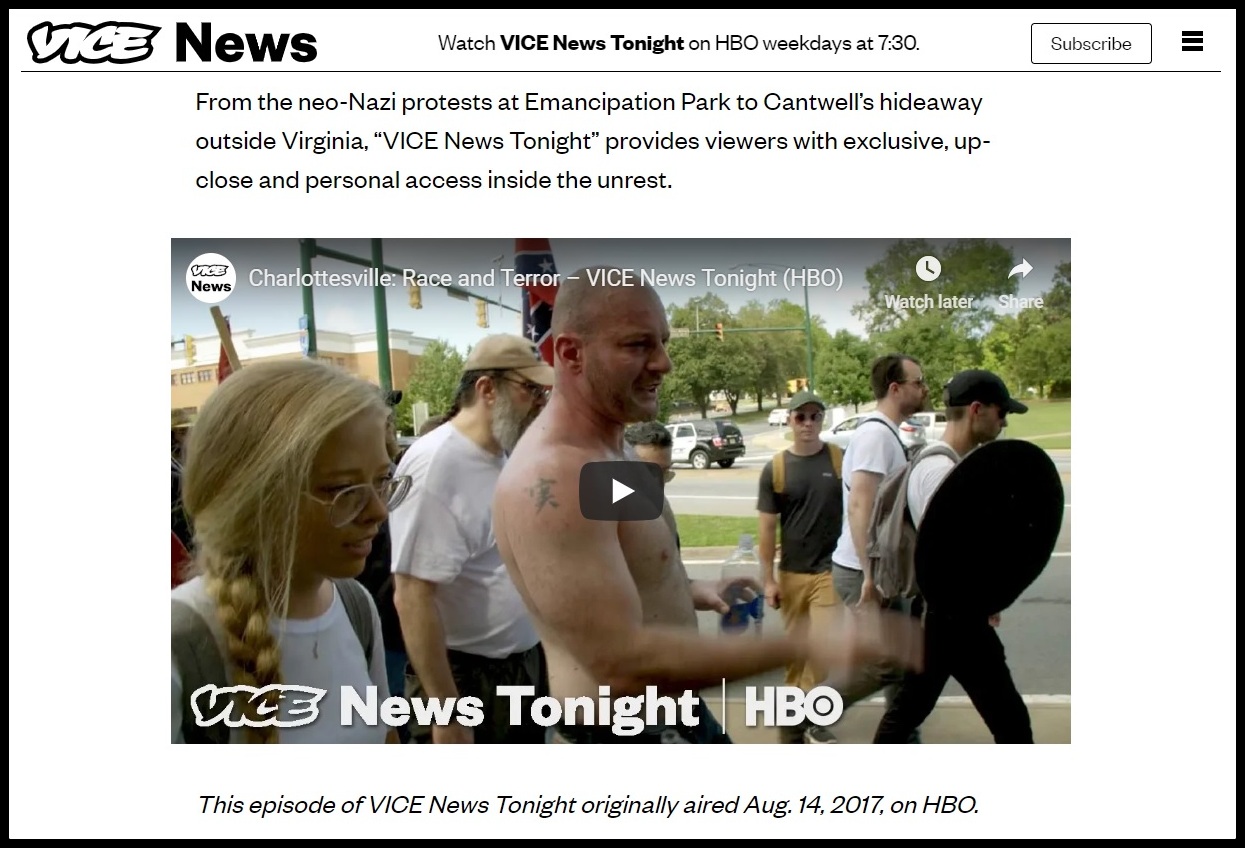Gallery with alias: PUBLIC_HISTORY_BLOG_POSTS not found

Because so few of us alive today have actual memories of the events surrounding the rise of early 20th century fascism in Europe, German Nazism, the Holocaust, and of course the war years themselves, we must rely on the historical record to understand both the material world and zeitgeist of that era.
For this understanding, we owe a debt of gratitude to public historians—those who have the foresight to capture, preserve, and share with us history made (past tense) and history in the making.
Today we are experiencing our own brush with fascism and a resurgence of Nazi ideals. And we find ourselves coming full circle with history, trying to make sense of what is going on with our world. Many of us are perplexed and shocked that such racial and ethnic hatred still exists, openly organized under the guises of patriotism and nationalism–new code words barely masking the populist notions of white supremacy and socio-cultural purity behind them.
A good example of this can be found in the news documentary, “Charlottesville: Race and Terror,” produced by VICE News. As the digital media outlet describes the film:
VICE News Tonight” correspondent Elle Reeve went behind the scenes with white nationalist leaders, including Christopher Cantwell, Robert Ray, David Duke, and Matthew Heimbach — as well as counter-protesters. VICE News Tonight also spoke with residents of Charlottesville, members of the Black Lives Matter movement, and the Charlottesville Police. From the neo-Nazi protests at Emancipation Park to Cantwell’s hideaway outside of Virginia, “VICE News Tonight” provides viewers with exclusive, up close and personal access inside the unrest.
Vice News (a media “channel” of Vice Media, Inc.) covers current affairs through short documentary essays and videos exploring “under-reported stories.” Such reporting is made available online through Vice’s website and YouTube channel.
MEDIA AS ARTIFACT
Although Vice News is a product of our time, established in 2013 during the rise of public interest digital media journalism, it is the legacy of media journalism extending as far back as media technology itself–since the earliest writings, photographs, sound recordings, celluloid films, and digital videos were presented as news.
For example, in February 1939 media journalists were on hand to document a rally at Madison Square Garden in New York City in support of Hitler and Nazism. The event, which drew over 20,000 participants, openly promoted anti-Semitism and other Nazi tenets of racial purity and ethnic cleansing. At the time of this rally, where Americans offered lavish praise and support for the political, economic, and social ideals of Nazi Germany, Adolph Hitler had just opened his 6th concentration camp.
We contend that far too many Americans, at least until recently, have little awareness of Nazism’s deep roots in America–an ignorance that continues to condition how we comprehend our own national biases, bigotry, and sense of shame and remorse for how we managed our humanity.
Old films such as “A Night at the Garden” are object lessons in history, and we owe a debt of gratitude to the media journalists (i.e., producers, camera operators, editors, sound technicians, etc.) of the early 20th century who preserved this history for us. Of course, what we do with it is up to us–which is another role of public historians.
On a final note, we contend this: The only history that matters is the history we know. Free and open access to historical records, artifacts, and information–regardless of medium–is essential to society and democracy. In fact, our nation’s great public systems of education, history archives, and libraries are founded upon the ideal of free and open access to the public. However, we increasingly face new barriers to accessing historical information, most notably by for-profit organizations that erect pay-walls between historical information and the public. In the case of media that has historical value (as defined above), such information is increasingly restricted by their content creators. The matter is complicated of course; media creation always involves issues of intellectual property and economic value. How we negotiate these interests in the public’s interest is going to determine who controls and maintains vast segments of our historical record.
PUBLIC HISTORY MATTERS
At The Social Voice Project, we celebrate history and people through our community oral history projects that give us a chance to look, listen, and record the voices and stories of our time. We encourage all local historical societies and museums to capture, preserve, and share their communities’ lived experiences, memories, customs, and values. Future generations are depending on it.
Contact TSVP to learn more about our commitment to public history and community oral history projects.

You must be logged in to post a comment.